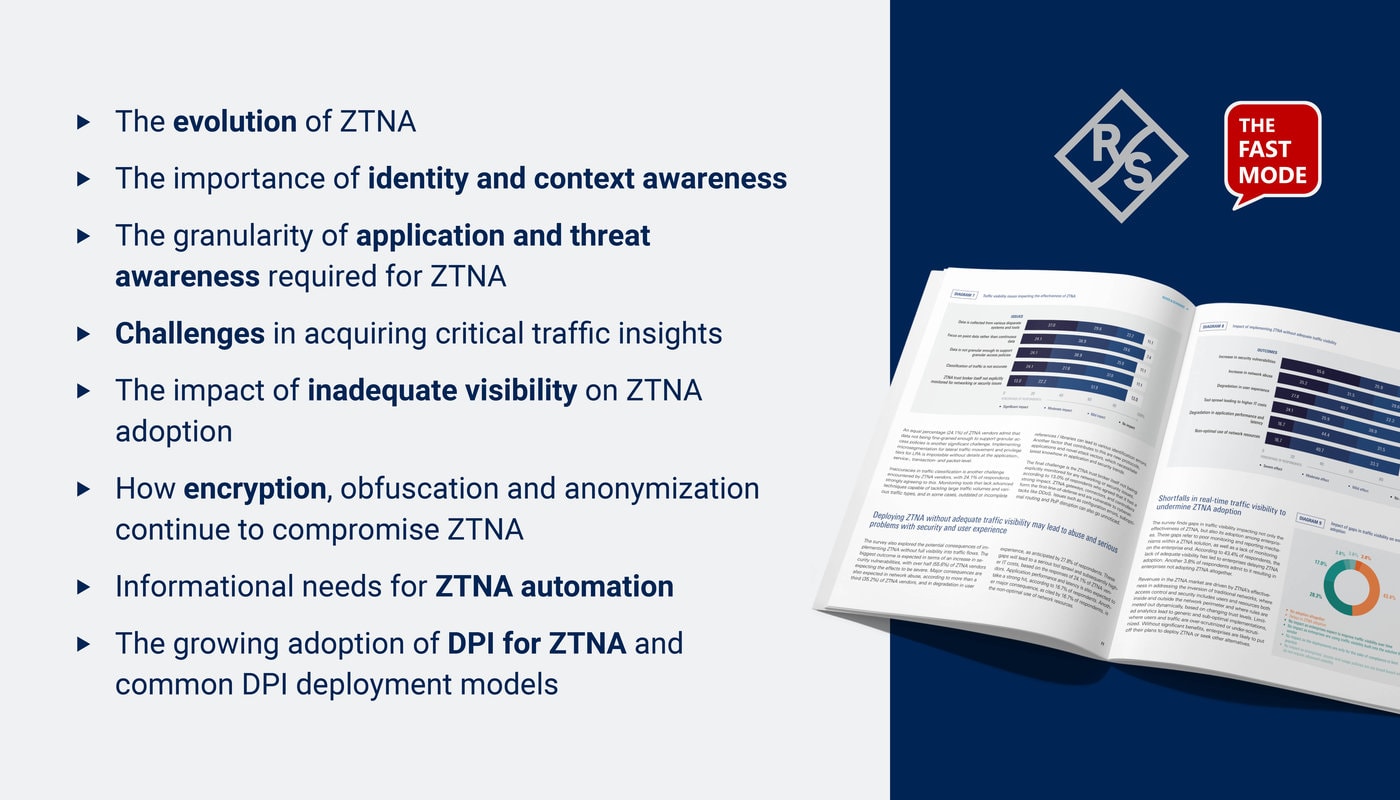ETSI’s 5th Generation Fixed Network group (F5G ISG) has just released its first specification, ETSI GS F5G 003, entitled F5G Technology Landscape.
In this specification, the ISG studies the technical requirements, existing standards and gaps for 10 different new use cases, for home, enterprises or industrial needs. ETSI GS F5G 003 use cases include PON (passive optical network) on-premises and passive optical LAN. In this case, a PON system could connect end devices (like HDTV, HD surveillance cameras and VR/AR helmets) and provide higher data rate, better coordination and controlled latency than current Ethernet and Wi-Fi mesh.
The high quality private line use case focuses on optical transport networks (OTN) for governments,large companies, financial and medical institutions who need guaranteed bandwidth, low latency, five-nines availability, totally secured network, access to Cloud services and intelligent operation and maintenance of their connectivity. PON enables high quality but low cost private lines for SMEs and offers higher performance, lower cost, better industrial adaptation, and easier operation for the industrial customers as well.
As an integrated fixed network, F5G can support scenario based broadband and Multiple access aggregation over PON (MAAP), providing various services to multiple types of customers on the same network and guarantee the SLA for each service. Other use cases describe remote attestation, Digitalized ODN/FTTX. Telemetry-based enhanced performance monitoring in intelligent access network supports high bandwidth and latency sensitive services (AR, VR, online gaming, etc.) to end users enabling network operators to monitor the traffic variation in order of seconds and adjust the network configuration accordingly.
The Cloud Virtual Reality use case introduces network requirements to support cloud-based VR gaming and video. Fibre and fibre-based optical networks are the key technical enablers of our society's twin transitions (green and digital), providing sustainable and cost-effective communication with high bandwidth, stability, reliability, and improved latency. In addition, the fibre evolution enables sustainable economic growth through advanced services and applications for users, businesses, and industries.
Luca Pesando, Chair of ETSI F5G ISG
This specification represents a cornerstone in F5G work, as it is the basis for future F5G standards on architecture, end to end management, security and all the aspects related to specific applications of Fibre Optics based Broadband.




















